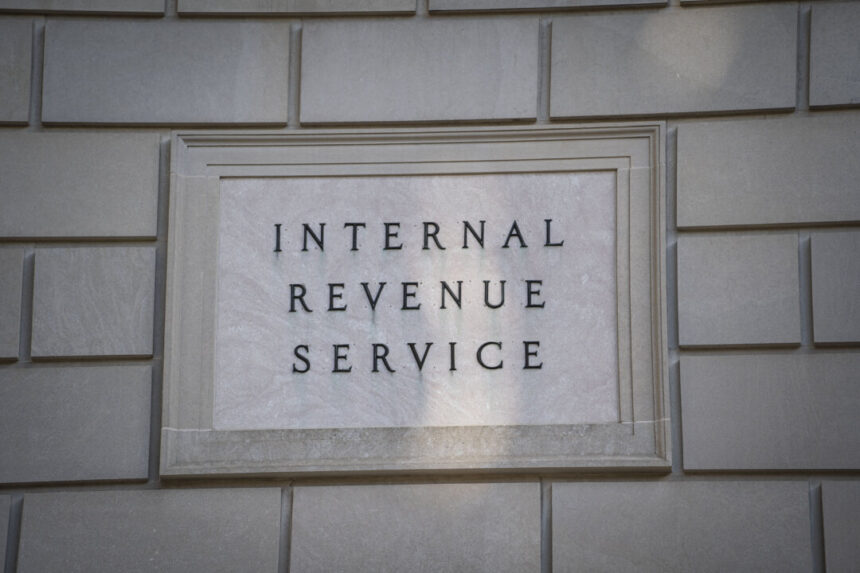Employees looking to open a health care flexible spending arrangement (FSA) account can now contribute an additional $100 for the 2025 plan year, as per the U.S. Internal Revenue Service (IRS). An FSA is a savings account used by employees for various medical expenses like copayments, dental care, menstrual products, prescription medications, and over-the-counter drugs not covered by their existing health plans. Contributions to an FSA account are deducted from the employee’s wages. In 2024, individuals could contribute up to $3,200 through payroll deductions towards their FSA account.
For 2025, the contribution limit has been increased to $3,300, according to a statement released by the IRS on Nov. 7. The IRS mentioned that if the plan permits, employers may also contribute to an employee’s FSA. Additionally, if the employee’s spouse has a plan through their employer, the spouse can contribute up to $3,300 to that plan, allowing a joint contribution of up to $6,600 for the household.
If an individual does not utilize the full amount in their FSA account for a particular year, only a small portion is allowed to carry forward. The maximum carryover permitted for 2025 is $660, an increase from $640 in the previous year. One of the main advantages of an FSA is that the contributions to the account are not subject to federal income tax, social security tax, or Medicare tax.
The IRS recommends that employees carefully plan their health care expenses to determine the appropriate contribution to their FSAs. Considerations should include major expenses, seasonal needs, eligible over-the-counter items, and routine checkups or specialist visits not covered by regular insurance plans.
Not all employers offer FSAs as it is not mandatory. Employees can enroll in an FSA account through the government’s Flexible Spending Accounts program Open Season, typically held in November and December each year. The Open Season for 2024 is scheduled between Nov. 11 and Dec. 9.
The revision to FSA limits follows the IRS updating contribution limits for other retirement accounts. The 401(k) plan limit has been increased to $23,500 for 2025, up by $500 from the previous year. The same limit applies to 403(b), governmental 457 plans, and the federal government’s Thrift Savings Plan. The contribution limit for Individual Retirement Accounts remains unchanged at $7,000.
Furthermore, the IRS has raised income tax slab thresholds for the 2025 tax year. The highest tax rate of 37 percent now applies to individuals earning more than $626,350 annually, up from $609,350 in the 2024 tax year. The lowest 10 percent rate applies to taxpayers earning $11,925 or less, an increase from $11,600. Standard deductions have also been increased to $15,000 for individual taxpayers and $30,000 for married couples filing jointly.





